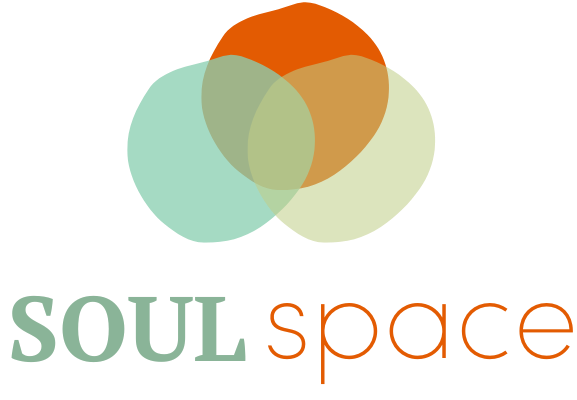The Solution to a Problem: Maladaptive Coping Mechanisms/Addiction
January is a time when many people intentionally re-evaluate the past year and their trajectory toward goals and growth. “Dry January” was developed as a means to check in and start fresh. The purpose behind this can look like, “If I can go without _______ for 31 days, I’m okay.” Having a sober body and mind for 31 days does not mean there is not a problem. If you are transported to Mars and are there for 31 days without ________, this does not mean you have a healthy body and mind. There is much more going on than willpower or “white knuckling” through 31 days.
So, then how do you know if you have a problem? Re-evaluate your life. Take a few moments to honestly check in on your relationships with family, friends and coworkers, and your health - the whole body, mind, body, and spirit. Self-awareness is key. If you are not aware of a problem or refuse to acknowledge it, then you will believe there is no problem.
Let’s take a closer look.
Coping
When we experience a stressful event we rely on coping skills to protect us and manage our internal world. Coping skills help us navigate uncertainty and provide comfort where there is distress. In essence, coping skills are solutions to a problem. We seek them out to find relief. Maladaptive coping skills are solutions that have turned on us and are no longer helpful. More accurately, they are tools that have become harmful. At some point, there was a shift from helpful to harmful.
Addiction
Addiction is a maladaptive coping mechanism. Whether the coping that went awry was alcohol, drug, gambling, pornography, food, rage, exercise, work, or some other behavior, it was a solution to a problem. It was the solution to the problem.
Addiction has three distinct elements:
1) Craving
2) Harmful behavior
3) Inability to stop the behavior despite negative consequences
There are behaviors that might appear to be addictions, however, the craving piece sets unwanted behaviors apart from addictive, brain-requiring, compulsive behaviors.
Craving & Stress
Craving is a physiological response to stress. Yes, you read that right. Stress is the culprit. Emotions, memories, challenging situations, and anything that activates your nervous system into distress, all have something in common and that is the body’s stress response.
Stress is born out of uncertainty, loss of control, and lack of information and intensifies when there is conflict and isolation. When the brain detects a threat, it sends signals to the body telling it to get ready for action. After the brain has been rewired, the brain sends information to the rest of the body that demands a solution. The brain demands the body take action and this demand is the craving. This is not the same kind of craving you get when you are craving sweets or salty snacks. True, addictive craving is extreme and powerful. So much so that every cell in the body is convinced that the body’s survival is at stake.
Stress shuts down the logical, decision-making part of the brain, which in this case means that craving is activated. The goal becomes survival and survival during this moment of craving leads to harmful behavior. The idea of control and choice is taken away, it no longer exists. The act of using or doing the behavior is reduced to a biological imperative, not a moral defect.
Seeking help and having support is a great first step. This can feel like an overwhelming endeavor to take on alone. It is important to partner with a counselor who can help you identify underlying issues, increase self-awareness and develop healthy coping skills. Counselors can also help support the entire recovery process including relapse prevention.
Recovery is a journey and rewiring the brain takes intentional practice.
Written by: Ginger Barker, LAC, CCTS-A, TCYM,
Clinical Therapist
About Ginger: Ginger specializes in trauma, addiction recovery, and stress-related/quality-of-life issues. She also counts it as a privilege to work with our military members, first responders, front-line workers, and their dependents. Schedule a complimentary consultation here.

